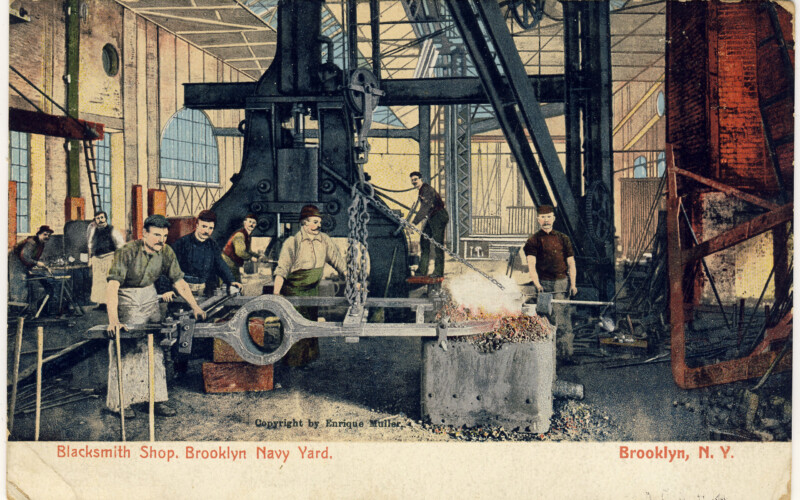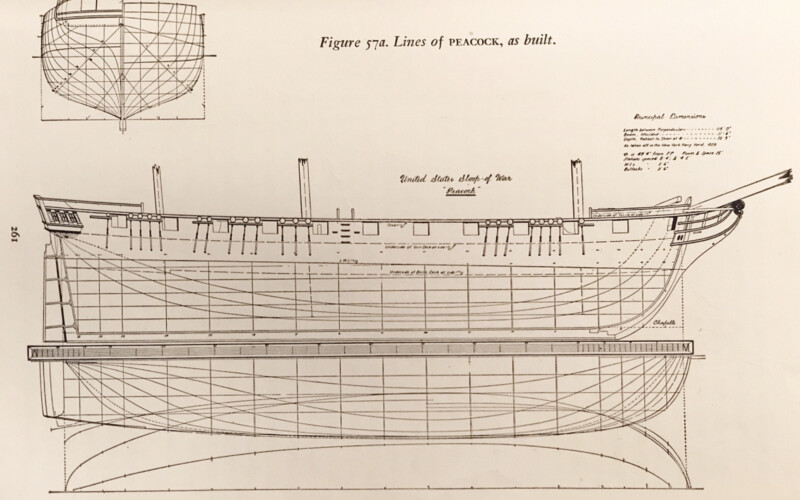We have experience hosting a range of audiences, from college classes to birthday parties to company outings, and we customize our tours to meet your group’s interests and needs.
Book a private tour today
Waterfront workers were at the vanguard of the labor movement; the word “strike” has its origins in work stoppages on the London docks in 1768, when sailors “struck” the sails …
Read more

For the past two years, we have had the opportunity to work with third and fourth graders in the Brooklyn Historical Society’s CASA program. These young scholars are tasked with …
Read more
